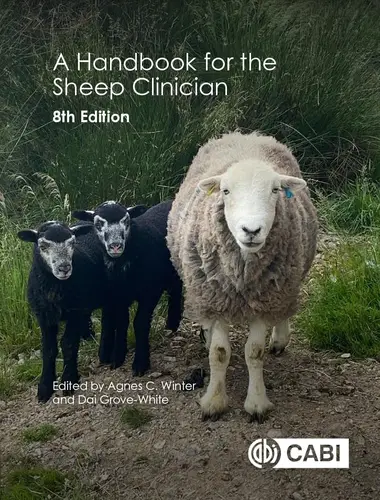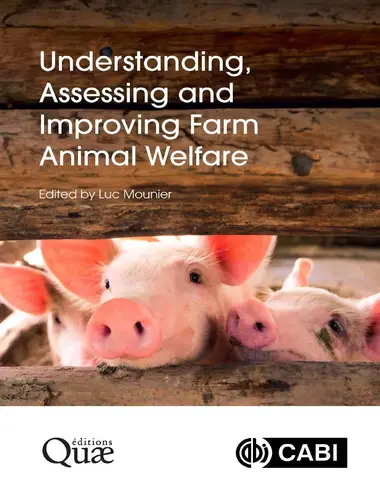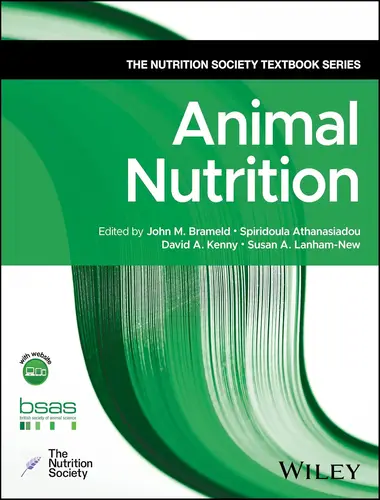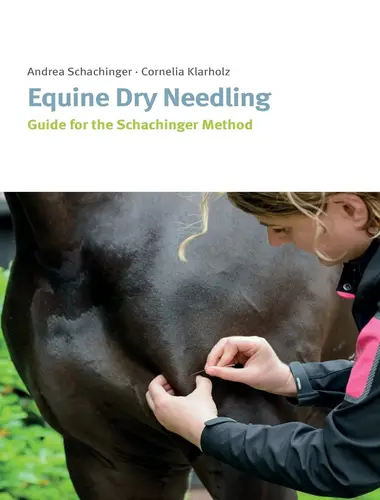Ring Vaccination for Foot and Mouth Disease
Ring Vaccination:
Ring vaccination is the vaccination of all susceptible animals in a prescribed area around an epidemic or outbreak.
Ring Vaccination Description:
Control of foot-and-mouth disease by ring vaccination may be carried out in a country with a completely susceptible livestock population. It involves the vaccination of all susceptible animals in a prescribed area around an outbreak and depends for its success on the rapidity by which diagnosis, typing the virus and vaccination are carried out”. “Vaccination may be carried out in conjunction with the slaughter of the infected animals and those that have been in contact with them.
It was suggested that if ring vaccination were to be used, a vaccination area would be declared (size and shape depending on the circumstances of the outbreak) within which all cattle and sheep over three months and all pigs over two months of age would be vaccinated. Vaccination would begin at both the center and the periphery of the area, with inspection for FMD by a veterinarian before vaccination, and that vaccination of all stock in the first vaccination area declared would be completed within five to seven days of the disease being confirmed.
The area within which animals are to be vaccinated may be decided on the basis of distance (e.g. all animals within a five mile radius within five days. or an epidemiological model could be used to determine the most likely area of spread, based on the species involved, wind direction, weather conditions, local topography etc

Ring Vaccination use:
Disease control considerations:
Evidence from previous epidemics has shown that this type of vaccination in combination with “stamping out” is able to have a rapid effect on epidemics.
It was considered that ring vaccination might have been effective in limiting considerably the extent of secondary spread of FMD during the 1967-68 outbreak in the UK, perhaps halving the total number of outbreaks.
Ring vaccination reduces number of premises on which rapid slaughter and disposal is required, thereby allowing “stamping out” operations to concentrate on premises with animals which are known to be infected or which are considered to be Dangerous Contact Animals..
As a supplement to the stamping-out policy “if, on veterinary assessment, it is considered necessary to use vaccine, either to help restore a dangerous situation or to limit the spread of disease.”
Economic considerations:
The use of ring vaccination to reduce the spread of disease would allow more time to deal with slaughter, disposal of carcasses and disinfection of contaminated premises. It would also, by decreasing the number of secondary outbreaks, decrease the number of animals to be buried or burned, which would decrease the environmental impact.
“FMD free” status may be regained 12 months after the last case of FMD even if the vaccinated animals are not slaughtered.
Allows animals to enter the food chain rather than being culled and disposed of.
Other considerations:
May be undertaken by trained personnel not required for other facets of the response.
Allows preservation of high genetic value stock.
- The choice of what to do with vaccinated animals could wait until after the disease was eradicated; in the mean time they could be kept quarantined. Possible choices include:
- a limited period of movement restriction (e.g. 30 or 60 days);
- prolonged movement restriction (to avoid all possibility of vaccinated carrier animals transmitting infection to unvaccinated stock);
- cull of vaccinated animals for a rapid return to “FMD free” status.
Complications/ Limitations / Risk:
- Disease control considerations:
- Success of ring vaccination requires rapid initiation and completion of the vaccination programme,
- There may be an increased risk of disease spread associated with increased contact between animals and personnel involved in vaccination.
- Possible increased risk of contracting disease in animals gathered from remote locations for vaccination.
- Need to ensure vaccinated animals were not moved outside the vaccinated zone except under special licence.
- Some animals may be in the early incubation stages of FMD at the time when they are vaccinated, and a small proportion may become carriers. Ruminants, including cattle, with or without developing clinical disease, and including animals which have been vaccinated and then been in contact with live FMD virus may carry live FMD virus in the pharynx, for up to three years (cattle), nine months (sheep), less than nine months (goats). However, good-quality vaccines, if given a sufficient length of time prior to exposure to live virus, may reduce the incidence of the development of the carrier state in vaccinated animals. There is no evidence that vaccinated animals, even if they become carriers, cause infection in susceptible animals.
- “follow-up outbreaks, caused by the presence of vaccinated carrier animals, have never been observed.”
- Economic considerations:
- Immediate costs associated with vaccination.
- Extended loss of export trade from the vaccinated zone, due to export restrictions on seropositive animals, related to the problems of identifying carriers.
- Need to ensure vaccinated animals were not moved outside the vaccinated zone except under special licence.
- “Possible generation of a surplus of meat”.
- “There are no fully validated serological tests to distinguish between antibody produced by vaccination and that resulting from recovery from infection.”
- Safety considerations:
- Risk of stress, particularly to highly pregnant animals, during gathering and handling for vaccination.
- Hazards to both animals and humans in trying to gather animals in inclement weather such as fog or snow.
Equipment / Chemicals required and Suppliers:
- Ring vaccination is best carried out using high-potency vaccines which give effective vaccination within a short time (a few days).
- The response to an initial vaccination depends on the dose of antigen used. High potency vaccines are essential for use in emergency situations.
- High-potency vaccines can protect cattle, sheep and pigs within a few days (e.g. by four days after vaccination).
- Sufficient vaccine would be needed to vaccinate all animals within the designated vaccination area.
- Suitable concentrated inactivated FMDV vaccines are stored in vaccine banks such as the International Vaccine Bank at Pirbright and the European Vaccine Bank.
Expertise level / Ease of Use:
- Requires sufficient veterinarians to examine herds/flocks of animals for disease prior to vaccination and to continue disease surveillance in vaccinated flocks following vaccination.
- Requires sufficient trained persons (who do not need to be veterinarians) for handling livestock and carrying out vaccination.
- The effectiveness of ring vaccination could be increased by using scientific methods assessing expected virus spread depending on weather conditions, wind direction, stocking densities and animal movements. This would require the use of a team of experts (meteorologists, epidemiologists and veterinarians)
- It was suggested in the North Cumberland Report (The Report of the Committee of Inquiry on Foot-and-Mouth Diseases 1968) that such a team should be set up in advance and would study an outbreak “from the start, predicting its probable development and so provide information which would help in formulating measures to control it”
Cost/ Availability:
Emergency vaccines held in highly concentrated form in virus banks (e.g. at Pirbright) contain large numbers of vaccine doses and vaccines may be made available by 48 hours following request.
Author:
Debra Bourne






